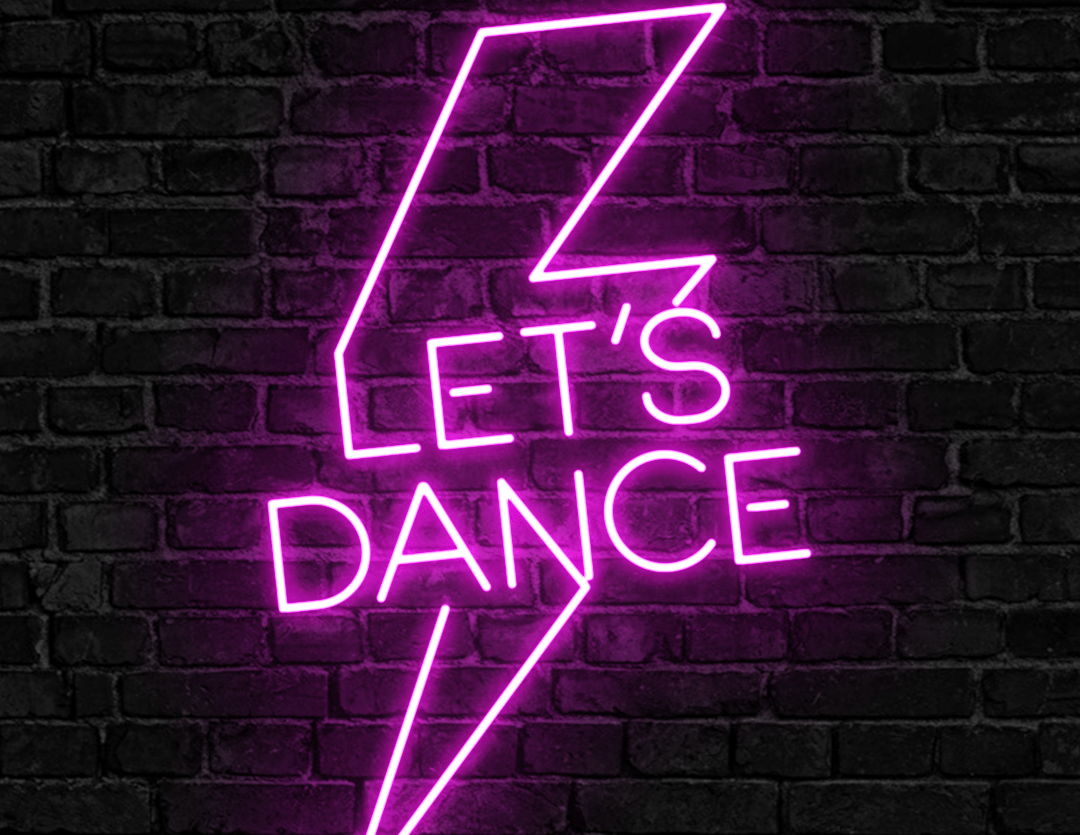By: Emily Poor
The music industry has undergone a huge transformation in the past century, especially in recording music.
The popular formats have transitioned from vinyl records to cassettes to compact discs, and now to digital music. But is this change in technology beneficial to the music industry?
It seems that as time progresses, the appreciation and value of music has decreased. Music is now shared illegally through the Internet, and musical artists receive less and less recognition for their work.
Could a sudden boost in the sale of vinyl records be just what the business needs? A different mentality about music sales, production and appreciation could revitalize the music industry.
Thomas Edison invented the phonograph in 1877, and Alexander Graham Bell and Emil Berliner later improved upon the discovery. This invention allowed multiple discs to be created from one machine, which led to mass distribution and the popularization of recorded music.
Records began to be considered inconvenient when compared to cassettes, which could be played in a portable Walkman. CD popularity in the early 1990s caused vinyl sales to drop from 72 million units to 1.2 million units.
As technology advanced further, the design of recorded music focused on convenience and mobility. Because of file sharing, digital piracy has contributed to the demise of the sales of recorded music.
Selling vinyl eliminates the spread of music piracy on the Internet. People can listen to a record in groups or loan it to a friend, but are unable to spread free music to everyone.
Even though reel-to-reels, 8-track tapes and cassettes have faded away, the sale of vinyl records has increased in the past several years.
Square Records, an independent record store in Highland Square, Akron, has been selling vinyl records to the community for over eight years. According to employee Mike Stangelo, sales of new and used records over the years have been steady and growing. College students have been vinyl collectors, but customers of all ages are consistent.
“Students can walk out of the store with a whole stack of used records for $10,” Stangelo said.
As more and more aspects of human life turn from physical representations to digital, some prefer to preserve real, material goods. Records can get warped from heat and sunlight, but taking care of them and storing them properly can avoid this. Digital music can simply disappear if a computer malfunction occurs; an entire library of music can be wiped out if a hard drive crashes.
“Digital downloads have hurt CD sales, but vinyl has always been the focus of our sales,” Stangelo said.
“Digital… is both a discrete and a coded format,” said Dr. Nikola Resanovic, a professor of Music at The University of Akron. “The audio is first segmented or sampled and then each sample is coded into a binary number that represents its value. This coded information must be converted back to an analog form in order for it to be heard as audio.”
MP3s remove sound information in order to decrease file size and make the music portable. This digital conversion literally skips over tiny fragments of songs, which reduces sound quality.
“Many of the advantages of digital have been somewhat compromised over the past few years by the introduction of perceptual coding and data compression schemes, such as MP3, which seek to reduce digital file sizes,” Resanovic said.
Audiophiles – people who value high-quality sound reproduction – tend to prefer the vinyl format because it represents the pure sound vibrations from a record groove.
Sophomore Anthropology major Walt Wagner has been collecting vinyl for four years.
“I really enjoy the quality of vinyl, since digital is so condensed,” Wagner said. “Vinyl has a different inherent quality.”
“There aren’t losses and flaws in the vinyl format; neither format is perfect…one still has to tolerate the pops, clicks, surface noises and turntable rumble, but these imperfections can be minimized and perhaps more easily ignored by the listener, as they are distinct from the music itself,” Resanovic said.
Because a record is one continuous groove, an entire album can be heard in its purest form, without interruption (except perhaps to flip the record to the other side).
Independent record labels and stores are the main cause of the increase in vinyl. Records have been sold in small, local stores even through the decline of the format. The Internet also offers a new form of the record trade. Because of the recent popularity, large chains such as Best Buy have started to sell vinyl albums.
In recent years, young adults have begun to buy vinyl albums from their favorite, current bands. Older generations are also rediscovering their favorite music from the past, either from their old collection, or from recently reissued albums.
A recent trend in sales is the release of a digital download code along with the physical vinyl. This simplifies the process for collectors who would buy vinyl as well as a CD, and gives a bonus gift for those who would normally just download the album.
Album covers may be considered an art form to many, and vinyl record albums are the perfect medium for presentation. A five-inch compact disc cannot compare to a 12-inch vinyl album cover. The quality of the art is depleted further when it becomes digital. Even though the album art can be viewed in an MP3 music library next to track listings, the quality will not be the same as having a physical representation of the artwork.
“Vinyl is good if you’re into artwork or something tangible, or if you like the experience of digging through old crates of records,” Stangelo said.
“CD’s just aren’t the same; I don’t have the desire to collect them like I collect vinyl,” said senior media production student Ted Novotny. “I absolutely plan on releasing my own music on vinyl.”
So where does this leave the music industry?
Certainly, the format of music production will change in the future. If trends continue the way they have in the recent past, music will become much easier to obtain, and in exchange, lose its value and physical importance.
The re-emergence of vinyl records as a music format will not change the industry by itself, but it is certainly a good start to a new way of thinking about music. The music business is in need of revitalization, and a look to the values of past music trends is a way to understand what to do in the future.
“I can’t imagine a new, superior digital format coming out,” Stangelo said. “It will always be vinyl.”






